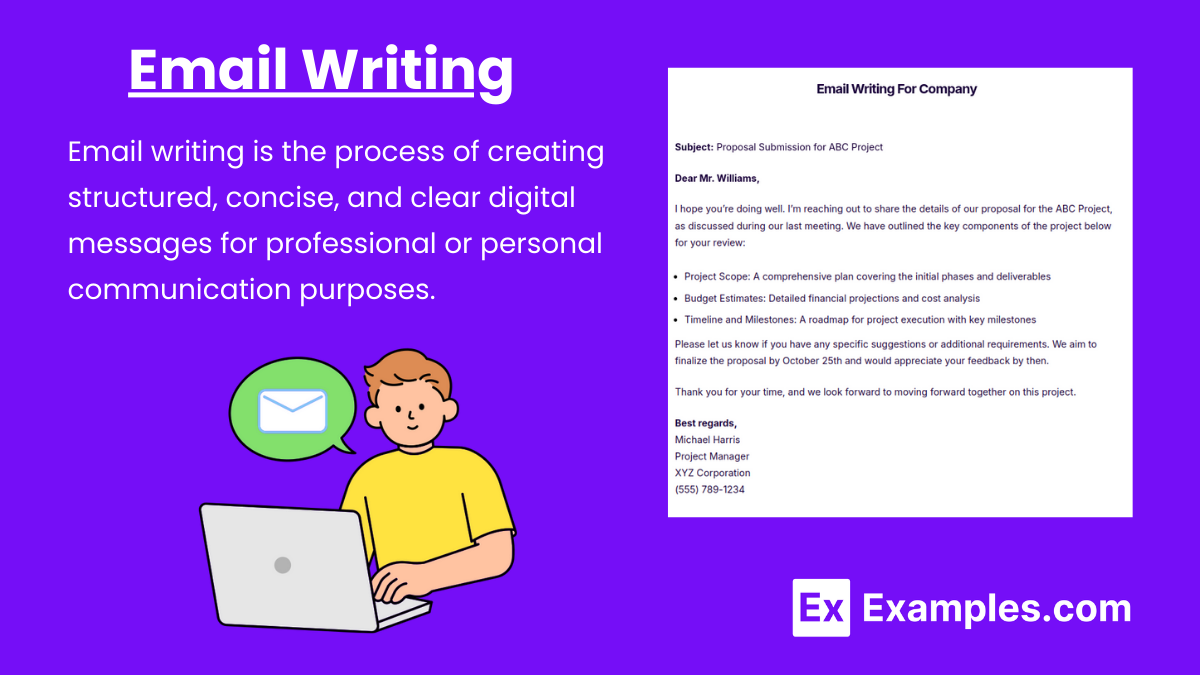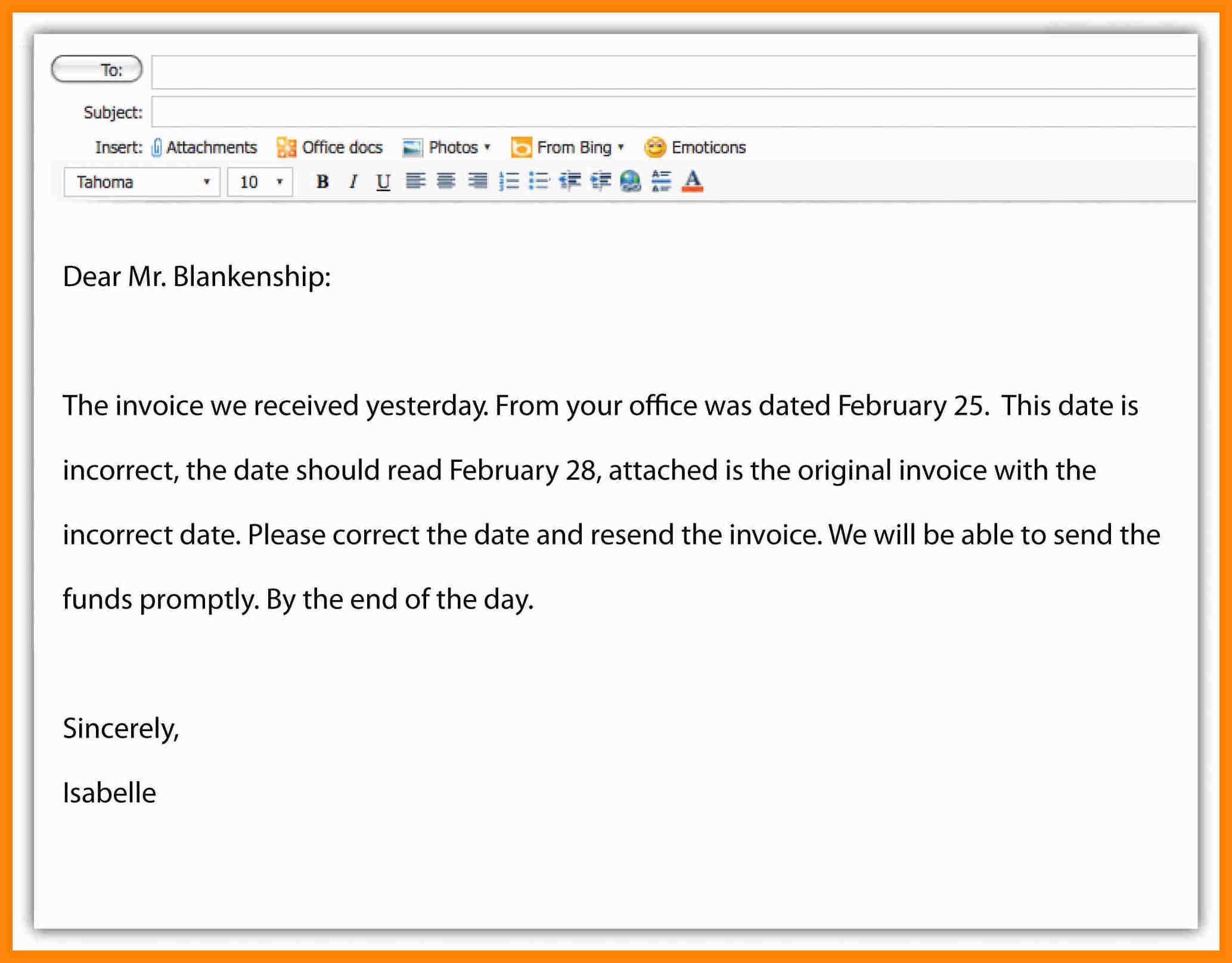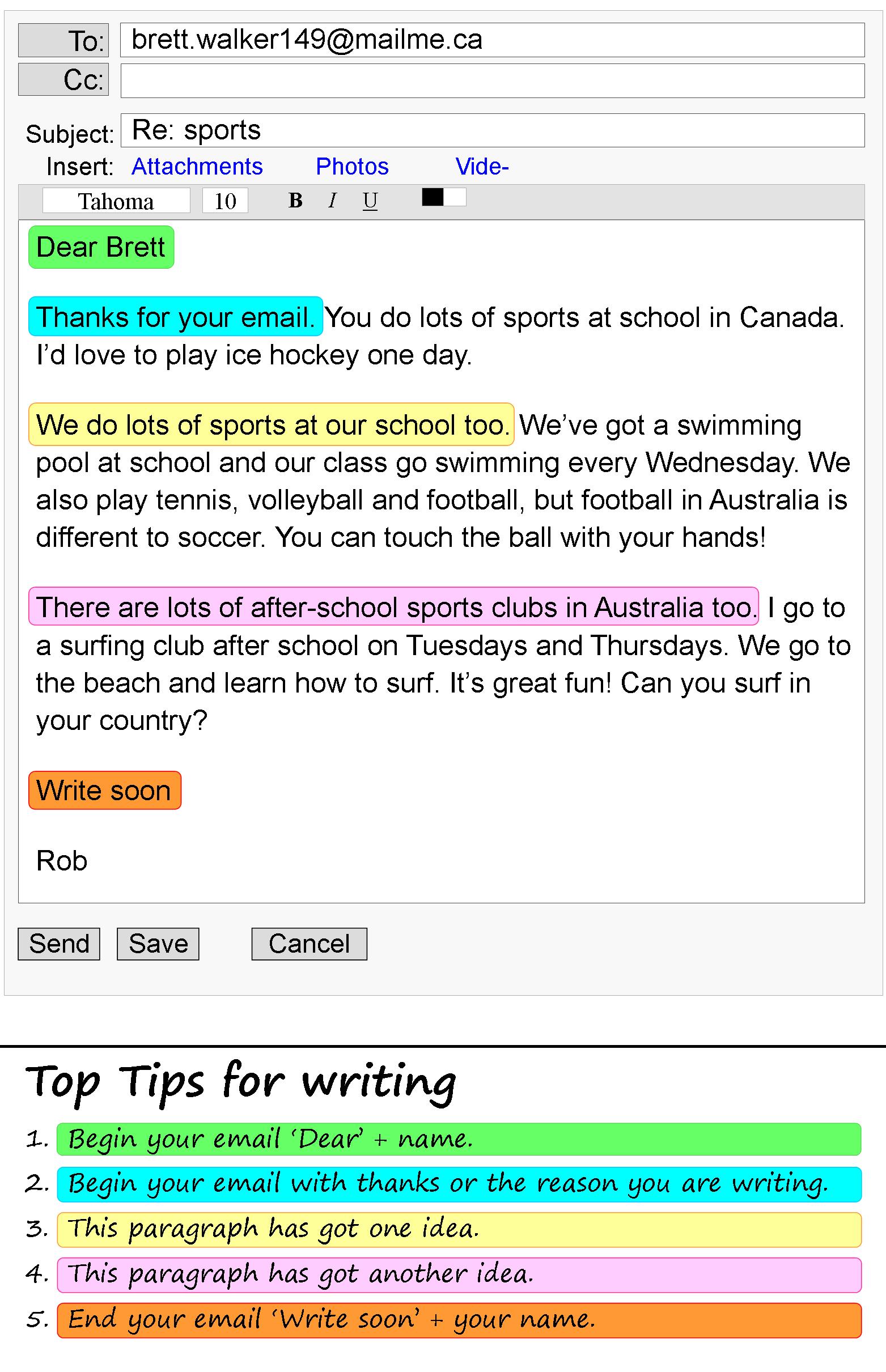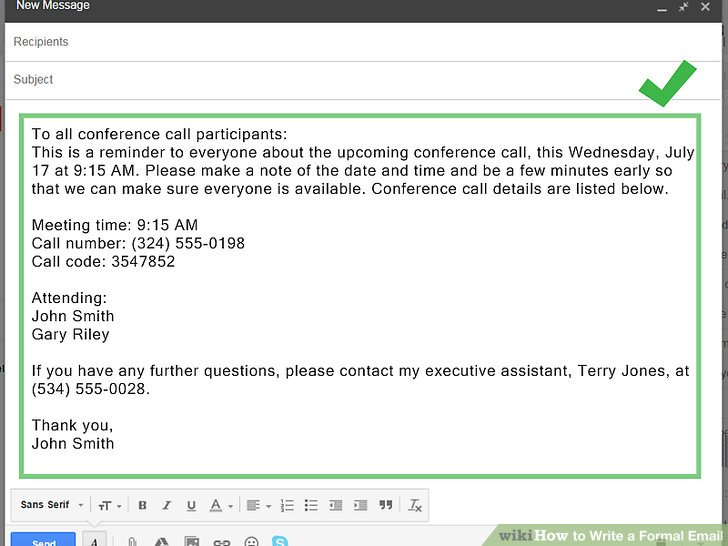Email Writing Examples to Download
Ladies and gentlemen, welcome to the future of letter writing– electronic mail writing. Gone are the days where people have to wait for weeks to receive a letter from a friend or a significant other. The concept of pen pals is no longer applicable when everyone from any part of the world can be contacted almost immediately– depending on your Internet speed and the kind of social media site you are using. If there are certain laws in your country that prevent you from accessing Google-related sites or even Facebook-owned sites, (e.g. China) then you would have to find another way to contact your fellow peers and colleagues using whatever mobile apps they have (e.g. WeChat). You may also see formal writings.
Regardless, almost all forms of communication (except face-to-face talking) is already done through the use of modern technology that is able to fill the gap between the distance among people. The use of electronic mail writing these days are for more semi-formal and formal purposes (e.g. submitting a resume, asking your college instructor for some clarifications, making a business transaction) than casual purposes (e.g. chatting with a friend). You may also see some email examples by clicking here. For newbies who do not know the first thing about email writing, here are a few tips for you. You may also see application writings.
What is Email Writing
Email Writing Examples Bundle
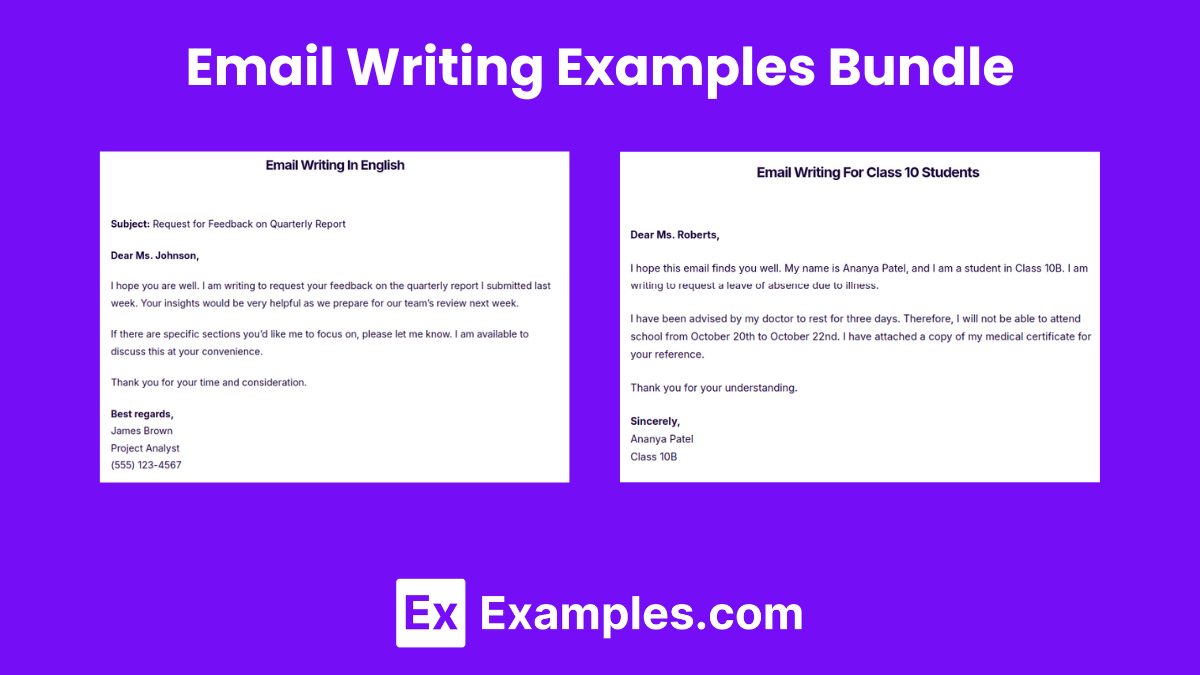
Download Email Writing Examples Bundle
Email Writing Format
Subject Line
- Purpose: Summarize the email’s content in a few words.
- Example: Request for Meeting on Project Update
Greeting
- Options:
- Formal: Dear [Recipient’s Name],
- Semi-formal: Hello [Recipient’s Name],
- Use the recipient’s title (Mr., Ms., Dr.) and last name if you’re unsure of the formality level.
Opening Line
- Introduce yourself if necessary.
- State the purpose of the email clearly.
- Example: I hope this message finds you well. I am writing to discuss…
Body
- Break content into short, clear paragraphs.
- Provide necessary details, context, or questions.
- Use bullet points for multiple items or steps.
Closing Line
- Summarize the key message or request a specific action.
- Example: Please let me know your availability for a meeting next week.
Sign-Off
- Options:
- Formal: Sincerely,
- Semi-formal: Best regards,
- Followed by your name and position (if applicable).
Signature (Optional)
Include your contact information and any relevant details like your company name or phone number.
Email Writing Example
Subject: Request for Feedback on Project XYZ Report
Dear Mr. Anderson,
I hope you are well. I am writing to request your feedback on the Project XYZ report I submitted last week. Your insights would be invaluable as I finalize the document and prepare for our upcoming presentation to the executive team.
If you have any specific areas or sections where you’d like me to make improvements, please let me know. I am available to discuss at your convenience, or you can share your comments via email.
Thank you for your time and support.
Best regards,
Sarah Lee
Marketing Analyst
(555) 987-6543
Short Email Writing Example
Subject: Confirmation of Meeting on October 20th
Dear Ms. Green,
I am writing to confirm our meeting scheduled for October 20th at 10:00 AM in your office. Please let me know if you need any documents beforehand or if there are any changes to the schedule.
Thank you, and I look forward to our discussion.
Best regards,
Tom Harris
Operations Coordinator
Email Writing In English
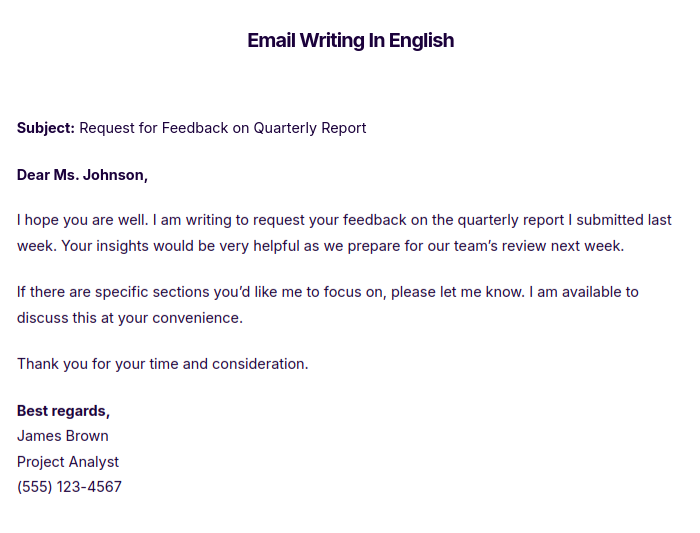
Email Writing For Company
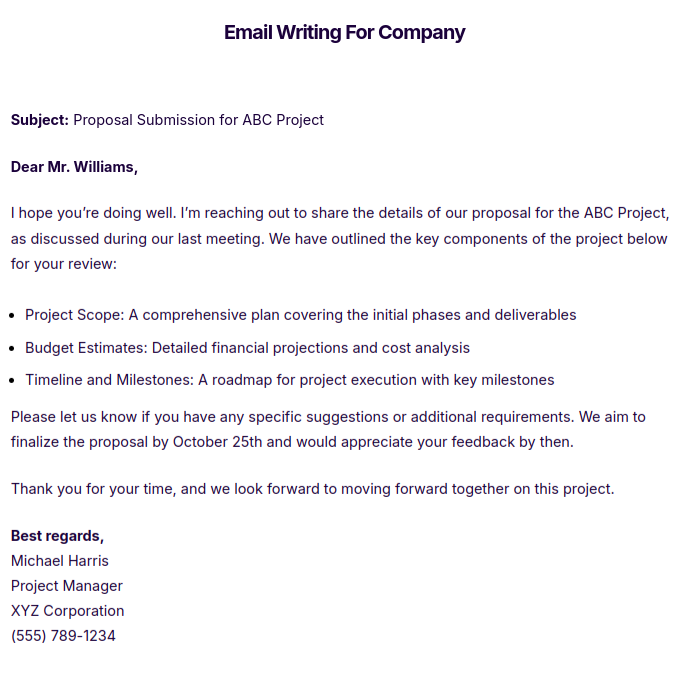
Email Writing For Class 10 Students

More Email Writing Examples
Sample Email Writing Example
Sports Email Writing Example
Business Conference Call Email Writing Example
How to Write Email Writing
Writing an effective email involves a few key steps to ensure clarity, professionalism, and a response from the recipient. Here’s a step-by-step guide:
Start with a Clear Subject Line
Summarize the email’s purpose in a few words.
Example: Request for Budget Approval or Meeting Confirmation for October 22ndUse an Appropriate Greeting
Formal: Dear Mr. Smith,
Informal or Semi-formal: Hello Jane, or Hi Team,
Choose based on your relationship with the recipient and the formality required.Write a Polite Opening Line
Briefly introduce yourself if necessary, especially if it’s your first time emailing them.
State your purpose right away.
Example: I hope this message finds you well. I’m reaching out regarding the upcoming budget review.Compose the Body of the Email
Keep it concise and focused.
Use short paragraphs for readability, and bullet points for lists or steps.
Provide all relevant details, such as dates, times, and specific requests.
Example:
I would like to discus
Expected revenue changes
Proposed expense adjustments
Timeline for implementationInclude a Call to Action or Closing Statement
Summarize the email’s main message or specify what you need from the recipient.
Example: Please let me know your availability for a meeting next week, or feel free to share your thoughts via email.Use a Professional Sign-Off
Options: Sincerely, or Best regards,
Follow with your name, position, and any relevant contact information.
Example:
Best regards,
Lisa Thompson
Marketing ManagerProofread Before Sending
Check for spelling, grammar, and punctuation errors.
Ensure that your tone is respectful and that your message is clear.
General Tips for Writing Emails in English
1. Be sure an email is necessary
Ask yourself if sending an email is really the best option to use in addressing the query or issue to the concerned party. Because if the matter at hand is something not so important or confidential, it can always be dealt directly with the aforementioned party. But then again, it is entirely up to your discretion. If you’ve decided that an email is the best option, then write your email and click “send”. You may also see article writings.
2. Use separate business and personal email addresses
Many jobs will normally give you an email address that you have to use, in case you have concerns or questions that you would want to raise to your boss or supervisor. Make sure that you strictly use your work email for work matters and personal email address for personal matters. Having a work email can look and sound more professional. That’s good if you’re writing a formal email, but it might not be as nice if you’re writing to a friend. You may also see memo writings.
3. Be clear, brief and polite
Everyone in the office is usually bombarded with emails every single day. That is why it is always best to keep the content of the message short, simple and concise enough so that they may be able to understand the gist of the letter without straining so much effort and time. Go straight to the point, but not in a rude and condescending way. Write your email just like you would in an essay. Similar to an essay, you have to introduce the topic, explain the different points, and then conclude the topic. You may also see summary writings.
4. Don’t write emails when you’re angry
They say that there is a right time for everything– which includes expressing that rage and anger towards the person. But never in an email. Keep in mind that you have to be respectful and courteous to the one you are sending that letter to.
5. Use short sentences
Just as it is important to keep the content of your message short and simple, it is also essential to keep the sentences simple and easy to read in order to keep your thoughts cohesive and understandable. Try your best not to use very lengthy sentences in your letter. Instead, learn to break down each separate thought with a ‘period’. You may also see minutes writings.
FAQs
What are the key elements of a professional email?
A professional email should include:
A clear and concise subject line
A proper greeting
A brief and focused body
A closing statement or call to action
A respectful sign-off and contact information
How long should a professional email be?
A professional email should be as brief as possible while covering all necessary points. Ideally, aim for 2-3 short paragraphs, or about 100-200 words, to maintain clarity and conciseness.
How can I make my email sound polite and professional?
Use courteous language, avoid slang, and address the recipient respectfully. Phrases like “Please,” “Thank you,” and “I appreciate” can add a polite tone, while avoiding overly casual language keeps it professional.
When should I use formal vs. informal email language?
Use formal language for professional, business, or official correspondence, especially with someone you don’t know well. Informal language is acceptable for emails to colleagues or close associates where a relaxed tone is appropriate.
How important is proofreading before sending an email?
Proofreading is essential to catch spelling and grammar errors, ensure the tone is appropriate, and confirm that all necessary information is included. A well-proofread email reflects professionalism and attention to detail.


